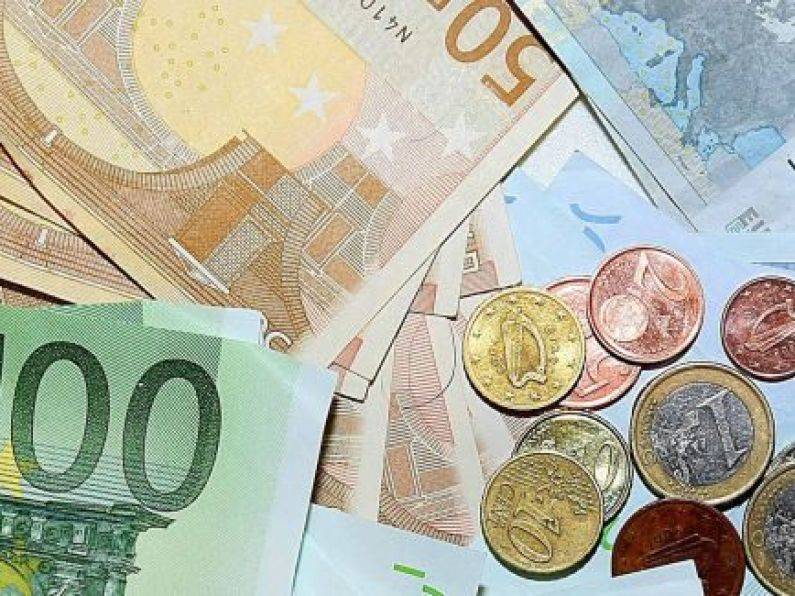By Peter Brown
The US stock market is up 8% this year. That is despite President Donald Trump scandals, trade wars, North Korea and Iran. Throw in a surging dollar and rising US interest rates, and it is an amazing performance.
European markets, on the other hand, are down by about 3%. That is despite the cheap money policy of the ECB and a very low exchange rate.
We have Brexit of course, but the market is immune to headlines and believes the can will be kicked down the road. Certainly, the market has no conviction the UK will bomb out of the EU without a deal. Prices in the market reflect expectations that a deal will be done.
No, European equities are underperforming due to emerging market turmoil, namely Turkey and the difficult state of the Italian economy. Turkey is the standard emerging market story: When it does not measure up the market sells its currency hard, making it more difficult to service its debt that could eventually lead to a potential default.
Though stock markets may be softened up, the effects of any Turkey default would not be large enough to work through Europe’s banking system. And amid long-term negotiations, there is no immediate threat.
Italy is another question altogether. Firstly, its national debt stands at a staggering €2 trillion. That makes it the third biggest indebted nation in the world, behind the US and Japan.
Its economic growth has almost been non-existent since the crash and youth unemployment stands at 40%. The country is still involved in bailing out its banks, while the rest of Europe has moved on.
And here is a staggering statistic: Greek 10-year bonds, which yielded 20% a few years ago, are now at 4.3%. The Italian 10-year bond rate is 3.3%. Basically, the market will only pay you an additional 1% to take on Greek risk over Italian debt.
Last week, the populist Italian coalition produced a 2019 budget showing an increase in the deficit. That means Italy will need to borrow more money, on top of the 132% debt-to-GDP it already owes.
In response, Italian borrowing costs jumped from 2.9% to 3.3%. This matters, as even a small rise in debt servicing interest rates, adds up to a lot when you owe €2 trillion. Shares in Italy’s two largest banks, UniCredit and Intesa Sanpaolo fell over 10%.
Matteo Salvini of the Northern League isn’t worried, telling the Financial Times “the markets will come to terms with it”. The ECB is watching closely. Italy’s problem is the country is not going to accept the severe restructuring. So the eventual outcome is likely some form of default. That can come in many guises: An under-the-table soft deal from the ECB; a Greek-style bailout that runs forever; or a crash out of the eurozone and a currency devaluation.
One of the main reasons the euro negotiators dealing with Brexit have to beat up the UK is they need to show Italy that this is not a path for them. You could argue Italy’s debt burden is not so bad: the US and Japan have more elevated levels and markets are not panicking.
Western economies do keep running deficits and go to the well of the bond markets to borrow more.
This is a tried and tested method for emerging markets and they are allowed to default when debt gets too big. The market is used to it. However, we do not want big western economies to default because we have seen the carnage that can follow.
Italy is the now the story but the US may be in the spotlight be in the future. These debt level risks are like volcanoes, they lie dormant and unnoticed for long periods until something sparks an eruption.
Peter Brown is senior investment adviser at Baggot Investment Partners






